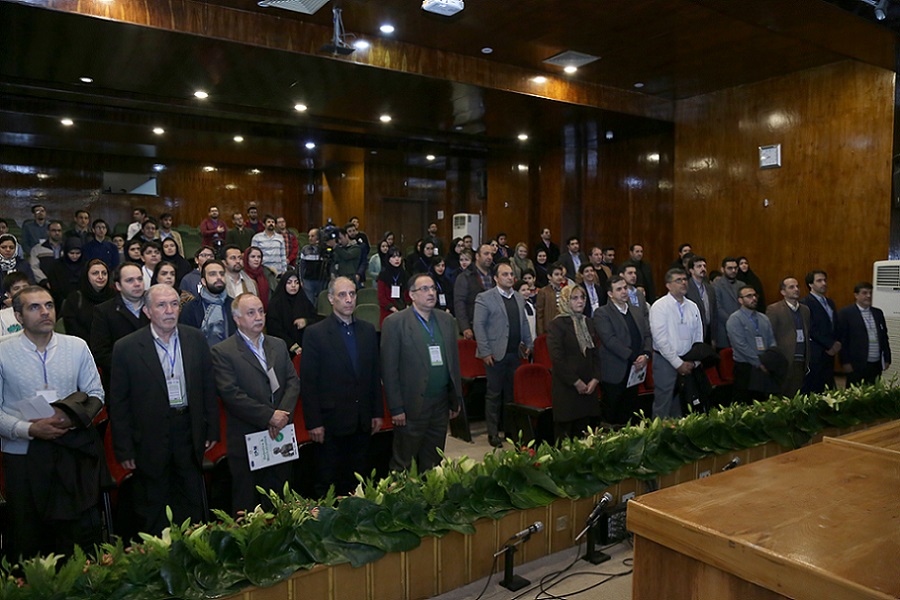
Sunil K. Agrawal received a Ph.D. degree in Mechanical Engineering from Stanford University in 1990. He is currently a Professor and Director of Robotics and Rehabilitation (ROAR) Laboratory at Columbia University, located both in engineering and medical campuses of Columbia University. Dr. Agrawal has published more than 500 journal and conference papers, three books, and 17 U.S. patents. He is a Fellow of the ASME and AIMBE. His honors include a NSF Presidential Faculty Fellowship from the White House in 1994, a Bessel Prize from Germany in 2003, and a Humboldt US Senior Scientist Award in 2007. He is a recipient of 2016 Machine Design Award from ASME for “seminal contributions to design of robotic exoskeletons for gait training of stroke patients” and 2016 Mechanisms and Robotics Award from the ASME for “cumulative contributions and being an international leading figure in mechanical design and robotics”. He is a recipient of several Best Paper awards in ASME and IEEE sponsored robotics conferences. He has successfully directed 35 PhD student theses and currently supervises the research of 5 PhD students in ROAR laboratory. He is the founding Editor-in-Chief of the journal “Wearable Technologies” from Cambridge University Press. He was the Conference Chair for IEEE BioRob2020 organized in New York City.
Abstract: Neural disorders and old age limit the ability of humans to perform activities of daily living. Robotics can be used to characterize and retrain human neuromuscular responses. Columbia University Robotics and Rehabilitation (ROAR) Laboratory designs innovative robots and performs clinical studies to potentially improve everyday human functions such as standing, reaching, head turning, walking, stairclimbing, and others. Human experiments have targeted individuals with stroke, Parkinson’s disease, ALS, and elderly subjects with vestibular disorders. The talk will provide an overview of some of these robotics technologies and scientific studies performed with them.
1. Human functions in daily life and impairments
2. Robotics for functional rehabilitation
3. Clinical studies to improve human functions




